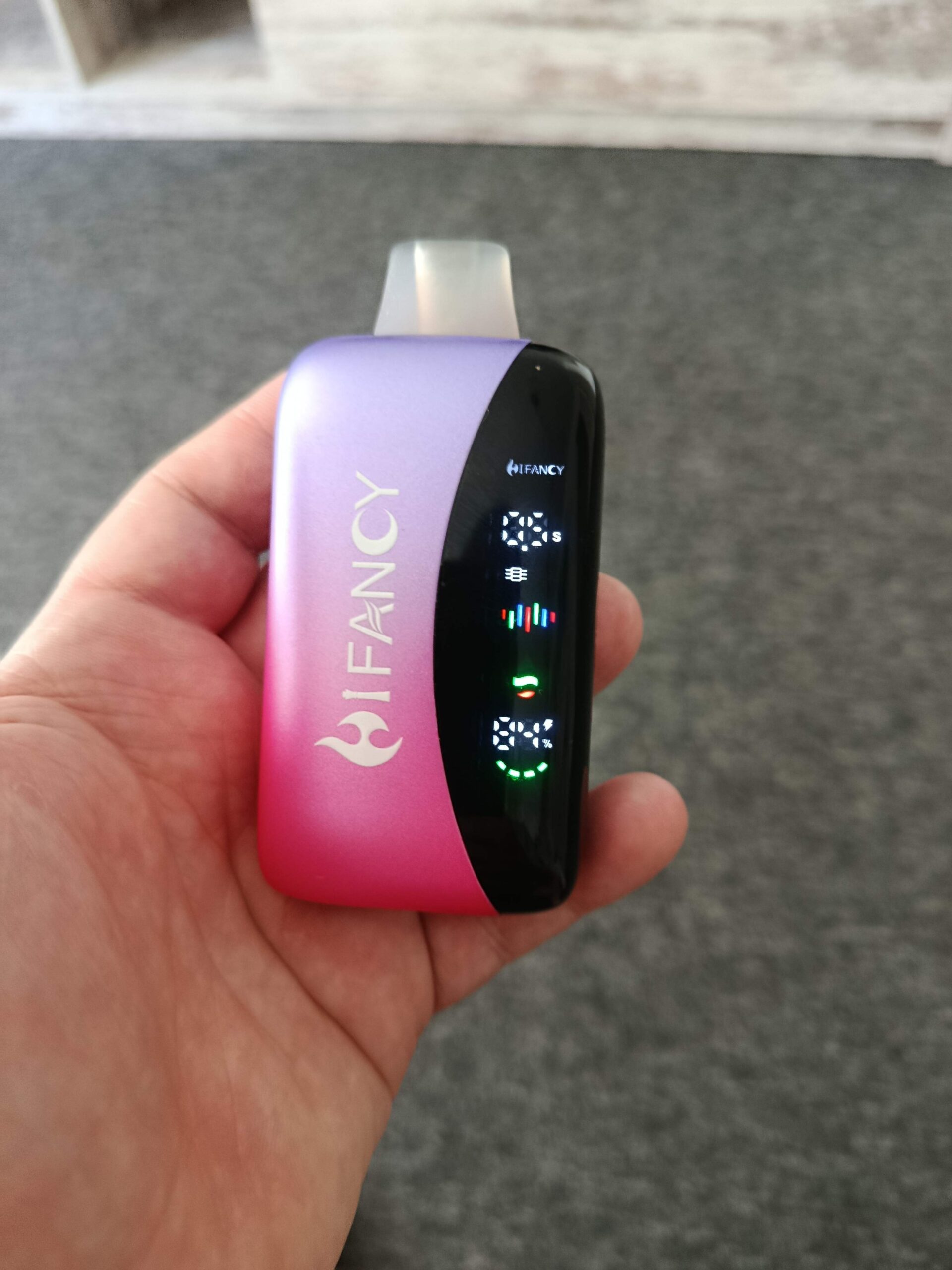Etapele de dezvoltare ale industriei țigărilor electronice sunt împărțite în

Analysis of Development Stages in the Electronic Cigarette Industry: Evolution, Challenges, and Future Trajectories
The electronic cigarette sector has undergone rapid transformation since its inception, evolving from niche innovation to a global phenomenon. Its trajectory reflects technological breakthroughs, shifting regulatory landscapes, and changing consumer expectations. Understanding these phases is critical for stakeholders to anticipate trends and navigate market complexities. Below is a breakdown of the industry’s key development stages.
Early Innovation and Niche Adoption
The industry’s origins trace back to the early 2000s, when Chinese pharmacist Hon Lik patented the first modern e-cigarette as a smoking cessation aid. Early devices were rudimentary, featuring basic atomizers and limited battery life, but they addressed a critical gap: delivering nicotine without combustion. This period was marked by experimental product designs and low public awareness, with adoption concentrated among tech enthusiasts and smokers seeking alternatives.
Regulatory oversight was minimal, allowing rapid iteration. Manufacturers focused on improving core components, such as coil efficiency and e-liquid formulation, to enhance user experience. However, inconsistent quality and safety concerns—such as reports of device malfunctions—limited mainstream appeal. The lack of standardized testing protocols also hindered credibility, as consumers questioned the long-term health implications of vaping.
Despite these challenges, early adopters laid the groundwork for market expansion. Vape shops emerged as community hubs, offering personalized advice and fostering a subculture around device customization. This grassroots growth highlighted the potential for vaping to disrupt traditional tobacco markets, attracting investors eager to capitalize on a nascent industry.
Mainstream Expansion and Regulatory Scrutiny
By the mid-2010s, technological advancements and aggressive marketing propelled electronic cigarettes into the mainstream. Improved battery technology, sleeker designs, and a proliferation of flavors appealed to broader demographics, including younger users and non-smokers. Social media campaigns and influencer partnerships amplified reach, positioning vaping as a trendy lifestyle choice rather than a harm-reduction tool.
This surge triggered backlash from public health authorities, who raised alarms about youth vaping rates and unknown long-term effects. Governments began imposing restrictions, such as flavor bans in the U.S. and advertising limitations in the EU, to curb underage use. The industry faced reputational damage, with critics framing it as a gateway to smoking despite limited evidence supporting this claim.
Manufacturers responded by diversifying product lines and investing in compliance. Pod systems and closed-tank devices emerged as alternatives to open-system mods, catering to users seeking simplicity and discretion. Simultaneously, companies funded independent research to counter health concerns, though skepticism persisted due to perceived conflicts of interest. This phase underscored the tension between commercial growth and social responsibility, shaping regulatory frameworks still in place today.
Consolidation and Specialization
The late 2010s and early 2020s saw market consolidation as regulatory costs and competition squeezed smaller players. Multinational tobacco firms, leveraging their distribution networks and R&D budgets, acquired independent brands or launched their own vaping products. This shift prioritized economies of scale, with giants dominating retail shelves and shaping policy discussions through lobbying efforts.
Specialization became a key differentiator. Firms targeted niche segments, such as medical-grade devices for smokers quitting traditional cigarettes or luxury e-cigarettes for affluent consumers. Technological innovation focused on precision, with features like temperature control and nicotine salt formulations improving satisfaction and reducing harshness. Sustainability also gained traction, as companies introduced recyclable packaging and biodegradable components to align with ESG trends.
Regional disparities intensified during this period. While Western markets grappled with stringent rules, emerging economies offered growth opportunities due to laxer policies and rising smoking rates. However, inconsistent enforcement and counterfeit products posed risks, complicating expansion strategies. Cross-border collaboration became essential, with firms adapting products to meet diverse legal requirements while maintaining brand consistency.
Current Phase: Harm Reduction and Technological Maturity
Today, the industry is pivoting toward harm reduction as a central narrative, supported by evolving scientific consensus. Major health organizations, including Public Health England, now acknowledge vaping’s potential to reduce smoking-related diseases when used exclusively by adult smokers. This shift has softened regulatory stances in some regions, creating openings for medical-grade certifications and prescription-based models.
Technological maturity is another hallmark. Devices now integrate smart features, such as Bluetooth connectivity for usage tracking or apps providing cessation tips. Advances in battery safety and e-liquid purity have addressed earlier concerns, though occasional product recalls highlight the need for ongoing vigilance. Open-source platforms and DIY communities also thrive, catering to enthusiasts who modify devices for performance or aesthetics.
Sustainability has transitioned from a niche concern to an industry imperative. Regulations like the EU’s Single-Use Plastics Directive and consumer demand for eco-friendly options are driving innovation in recyclable hardware and carbon-neutral supply chains. Companies that lead in this space gain competitive advantage, appealing to environmentally conscious buyers and investors alike.
Emerging Trends Shaping the Next Decade
Looking ahead, the industry faces both opportunities and uncertainties. Regulatory harmonization remains elusive, with governments balancing harm reduction goals with youth protection mandates. Standardized global frameworks could streamline operations, but political and cultural differences make consensus unlikely in the near term.
Technological frontiers include non-nicotine alternatives, such as CBD or herbal vaporizers, targeting wellness-focused consumers. Biometric sensors embedded in devices could monitor health metrics, positioning vaping as part of preventive healthcare. Meanwhile, decentralized manufacturing via 3D printing might disrupt traditional supply chains, enabling hyper-localized production but also raising intellectual property concerns.
Demographic shifts will also influence growth. Aging populations in developed markets create demand for user-friendly, medical-compliant devices, while youth-oriented products in permissive regions could drive volume sales. However, stricter age-verification laws and social stigma may limit reach, requiring creative marketing strategies that emphasize responsibility without alienating core users.
Concluzie
The electronic cigarette industry’s evolution reflects a dynamic interplay between innovation, regulation, and societal values. From its humble beginnings as a smoking cessation experiment to its current role in harm reduction debates, the sector has continually adapted to survive. As it enters a new era defined by technological sophistication and global policy discussions, stakeholders must prioritize transparency, safety, and inclusivity to sustain growth while addressing legitimate public health concerns. The path forward demands collaboration across sectors, ensuring that progress benefits both consumers and broader societal goals.











